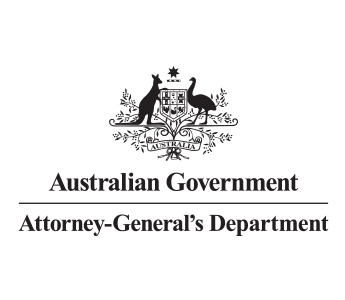The Organised
The Organised are groups which use a combination of methods in planned, coordinated and sophisticated ways to dishonestly gain benefits.
This might involve organised local crime groups in Australia, or transnational syndicates outside of Australia, who are actively looking for vulnerabilities to exploit for criminal gain.
Examples:
- a sophisticated scam operator creates a false business and website to legitimise a fraud scheme
- a serious and organised crime group collaborates with an accountant to falsify business records to receive grant funding.
Case studies
The AFP has charged a Sydney man for smuggling an encrypted communications device into a correctional facility.
Two leaders of a criminal syndicate were stripped of over $8.7 million in assets following a decade-long AFP-led investigation into a complex gold bullion GST fraud scheme.
Countermeasures
Counter the Organised using measures that support information sharing and strategic collaboration:
Establish governance, accountability and oversight of processes by using delegations and requiring committees and project boards to oversee critical decisions and risk. Good governance, accountability and oversight increases transparency and reduces the opportunity for fraud.
Assess the integrity of new employees, contractors or third parties such as by having entry level checks, probationary periods, suitability assessments or security vetting.
Collaborate with strategic partners such as other government entities, committees, working groups and taskforces. This allows you to share capability, information and intelligence and to prevent and disrupt fraud.
Make sure forms or system controls require mandatory information to support claims or requests.
Verify any requests or claim information you receive with an independent and credible source.
Match data with the authoritative source and verify relevant details or supporting evidence.
Services such as the Identity Matching Service can be used to verify identity credentials back to the authoritative source when the information is an Australian or state and territory government issued identity credential.
This countermeasure is supported by the Office of the Australian Information Commissioner's Guidelines on data matching in Australian government administration.
Create lists to quickly compare information to automate or require further actions.
Analyse data to improve processes and controls, increase payment accuracy and find and prevent non-compliance, fraud and corruption.
Train and support staff to identify red flags to detect fraud, know what to do if they suspect fraud and know how to report it. Fraudsters can take advantage if staff and contractors are not aware of what constitutes fraud and corruption.
Put in place processes for staff or external parties to lodge tip-offs or Public Interest Disclosures.
Fraud detection software programs automatically analyse data to detect what is different from what is standard, normal or expected and may indicate fraud or corruption.
An incident response plan outlines how an entity will respond to a fraud incident.
Investigate fraud in line with the Australian Government Investigation Standards (AGIS).
Coordinate disruption activities across multiple programs or entities to strengthen processes and identify serious and organised criminals targeting multiple programs. It can also include referrals to law enforcement agencies for those groups that reach the threshold for complex criminal investigations.
These are penalties for customers, staff or third parties that commit fraud or do not comply with rules, processes and expectations.

